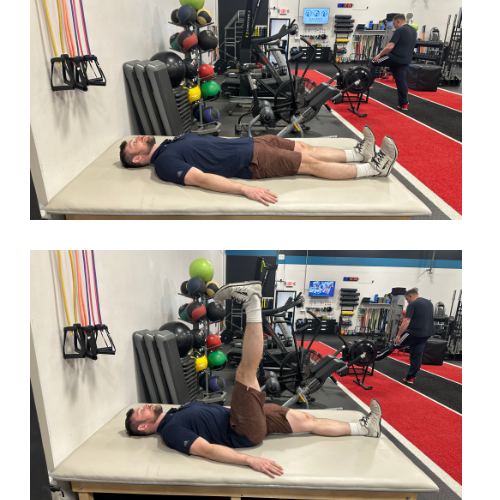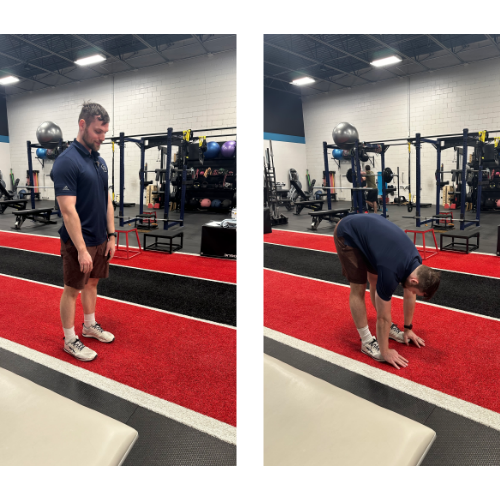Lock in Long Term Flexibility
If you’ve ever felt muscle tightness, you’ve probably tried stretching to relieve it. Did it work? If you experienced temporary relief, then you got lucky. Flexibility is more complex than most people think. It’s often a goal for our clients, but in order to provide solutions we need to know what is causing the tight feeling.
It starts with a movement assessment; in this case we are looking for deficiencies in either passive or active range of motion. Passive range of motion is how far you can move in a relaxed state with assistance and active range of motion is how far you can move on your own without assistance.
Active Range of Motion
Passive Range of Motion
If you have sufficient range of motion ACTIVELY, but NOT PASSIVELY, STRETCHING will likely help you.
If you have sufficient range of motion PASSIVELY, but NOT ACTIVELY, STABILITY DRILLS will likely help you.
Standing Toe Touch Static Stretch
So, if you are stretching a tight muscle that actually (or also) needs stability work, you probably won’t make much progress with your flexibility. We find many people turn to static stretching when experiencing tightness. A static stretch is when you hold a position that lengthens (stretches) a muscle; think of a standing toe touch where you bend at the hip and reach for your toes without bending your knees. A static stretch must be held for 30-45 seconds minimum for noticeable results. Even then results will likely be temporary.
When applied correctly, however, static stretching done before a strength focused workout can help lock in long term flexibility benefits! It can also help you perform exercises with better form and therefore more safely.
A proper movement assessment and exercise programming can make all the difference when addressing flexibility issues. Every exercise program written at Marino’s Fitness includes an individualized warm up that should be done before the main workout. This section will include any static stretches the client would likely benefit from.
If you have any questions about this topic, don’t hesitate to ask a coach!



